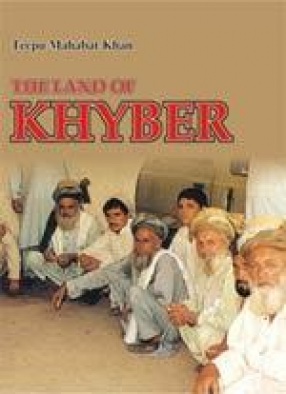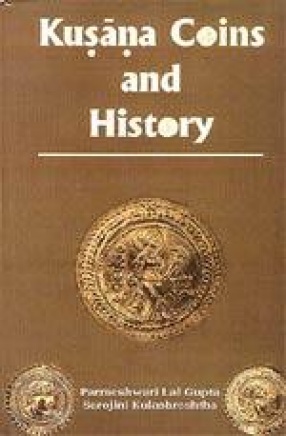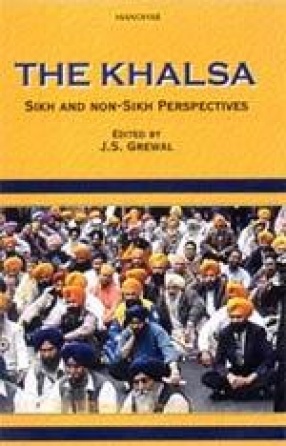Khyber, its valley and its people have fascinated many a wanderer, adventurer and poet through the ages. This strange fascination with the land dates back to some of the earliest days of recorded history. The name Khyber, in its own right, has been a source of inspiration for many. The strategic location of the valley as a gateway to the Indian subcontinent does not fully speak of the universal and powerful presence and appeal of this “formidable terrainâ€. A host of writers have tried capturing the mighty grandeur of the “corridor through which almost all the invasions of the Indian subcontinent took place including those by the Aryans, Alexander’s army, Mahmood of Ghazni, Tamerlane, the Mughals and the Durrani Afghans.†According to Khan, “the range of gaunt and craggy mountains, the gorges and ledges of the Khyber Pass still echo with the thuds of the horses of great conquerors, traders, missionaries and visitors.â€From Fahien and Huen Tsang to James W. Spain (The Pathan Borderland and Pathans of the Later Day) to Lowell Thomas (Beyond the Khyber Pass), and finally to A.H. Dani (Romance of the Khyber Pass), many writers, anthropologists, historians and military experts have written on Khyber, highlighting its significance. The book under review is one such addition to the already rich tradition of writing on the glories of the region. Teepu Mahabat Khan does a commendable job at providing first-hand knowledge of the land. He has, in fact, carried on the fading tradition of political officers and administrators (especially during the British period) who would write down accounts of the agencies and districts where they served. In doing so, Khan gives an all-encompassing view of the land. The author has frequently surrendered prose in favour of imagery, using pictures to depict “something majestic†about Khyber which has not been adequately represented in other books on the subject. Some Spanish writers have tried to bring to surface the feeling travellers experience when they are in the valley — but with not much success. Khan, however, manages to bring about a congruity between his words and the magic of the valley. The book shows talks about the essence of the region but, paradoxically, urges the reader to go and visit Khyber; to witness the land in all its glory. Khan, thus, leads readers through the region — a good omen for the growth of tourism. While elaborating upon the features Khyber holds for its visitors, the book provides very useful guidelines to those who wish to marvel at the work of nature. The steam-safari facility has been explained in great detail to invite the traveller to an exciting experience. From geography to history, culture and economy, the book hardly leaves out anything. The Land of Khyber moves from administrative issues to some of the finer aspects of human life with surprising ease. The author brilliantly shifts focus from one thing to another. Starting from the spellbinding effect of the land on Khushhal Khan Khattak, the author does not forget to pay homage to Baba-i-Ghazal, Mir Hamza Khan Shinwari, an important figure in the world of modern literature. “Sta pa anango kae da Hamza da wino sra di Ta shwae da pukhto ghazala zwan za dae baba kramâ€
The Land of Khyber
In stock
Free & Quick Delivery Worldwide
reviews
Bibliographic information
Title
The Land of Khyber
Author
Edition
1st ed.
Publisher
Sang-E-Meel Publications, 2005
ISBN
9693517520
Subjects





There are no reviews yet.